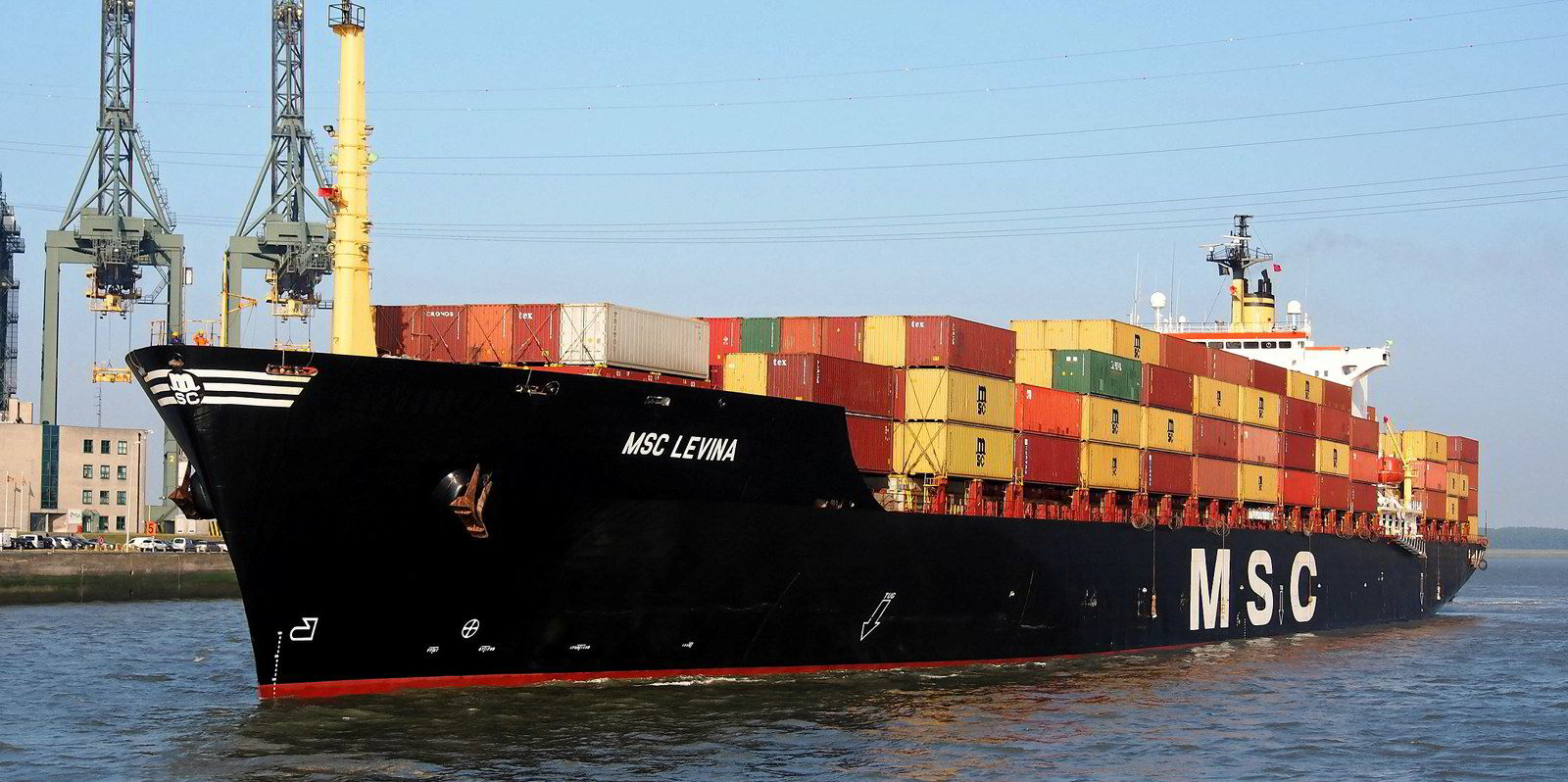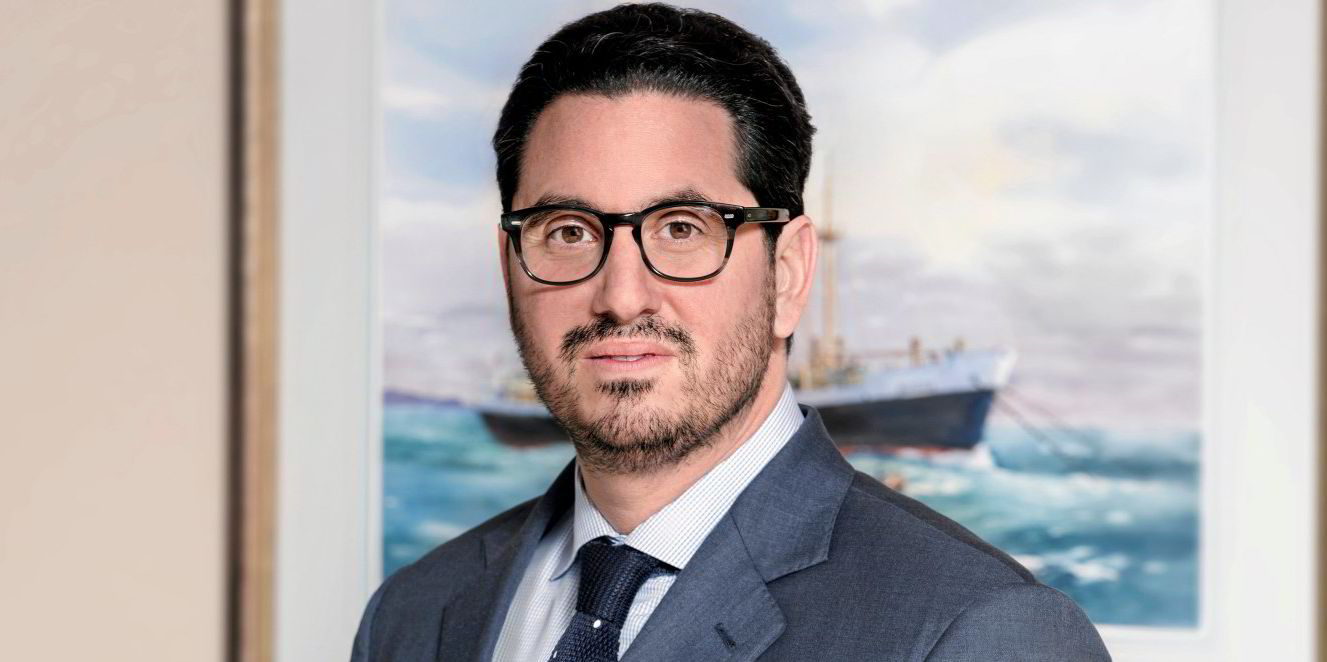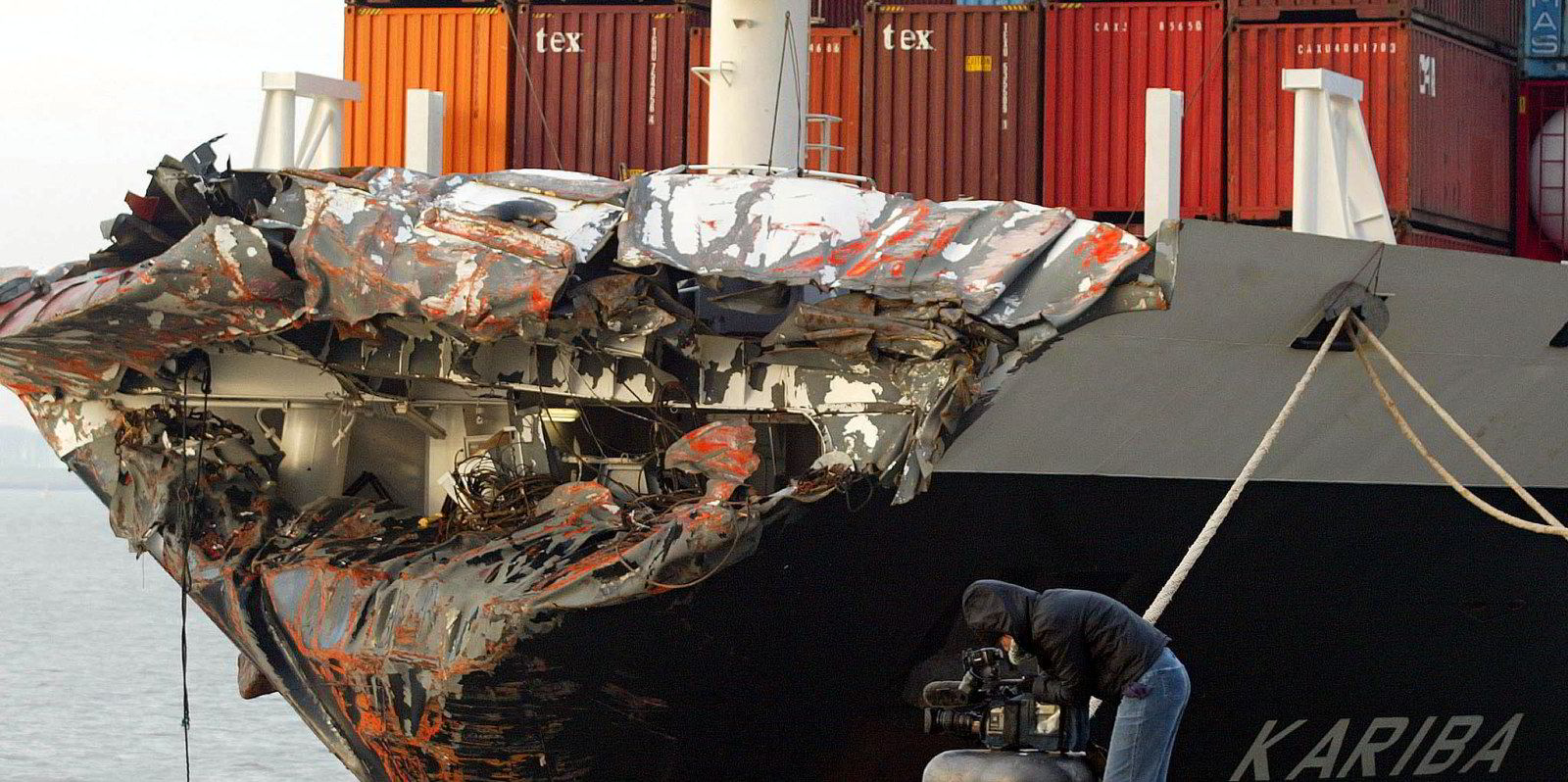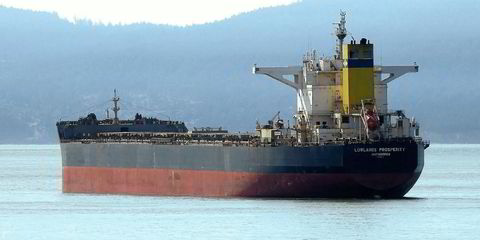MSC Mediterranean Shipping Company could stop the rot in container shipping by pulling the trigger on a major scrapping spree and enticing others to follow, an analyst argues.
But that does not look like happening right now as the liner giant continues to buy ships.
The Geneva-based company has continued a strategy of buying up ships as it seeks to consolidate its market-leading position, argues Daniel Nash, head of container, ro-ro and passenger at shipping data player Veson Nautical.
The carrier has already purchased 34 secondhand container vessels this year of various sizes and ages for a total spend of $929.5m.
He said that compared to low single-figure vessel buys from the likes of AP Moller-Maersk, CMA CGM and Hapag-Lloyd more wary of the downturn.
Nash argues that MSC wants to solidify the top spot and the company believes the market still presents opportunities.
But, as the carrier with the deepest pockets and the largest fleet, what MSC chooses to do may not benefit other carriers.
Bleed cash
MSC earned an estimated $38.4bn in profit last year and holds estimated cash reserves of $63bn.
The company has a maritime portfolio worth $35.86bn in cruise, ro-ro and ferry ship types, according to VesselsValue.
Nash wrote that this means the company “can afford to bleed cash for longer than their listed competitors more responsible to their shareholders”.
He added that MSC believes it is better to buy and sell ships into any cycle.
“Commanding a 20% share of the global container market by nominal operated capacity and a big pot of cash reserves has its advantages,” he said. “If less capitalised rivals are forced to scrap fleet, MSC can step in and take share.
“If a rate war develops, those with the deepest pockets usually win. And if Captain Gianluigi Aponte decides that MSC wants to strike first by sending a major chunk of their fleet to the breakers, then this will mark the bottom of the cycle.”
‘Follow MSC to follow the market’
Some spot freight all-kind rates being quoted on the trade from China to northern Europe are “comfortably loss-making”.
That is reflected in some carriers quoting rates of $650 per 40-foot equivalent unit (feu) high cube container on the trade.
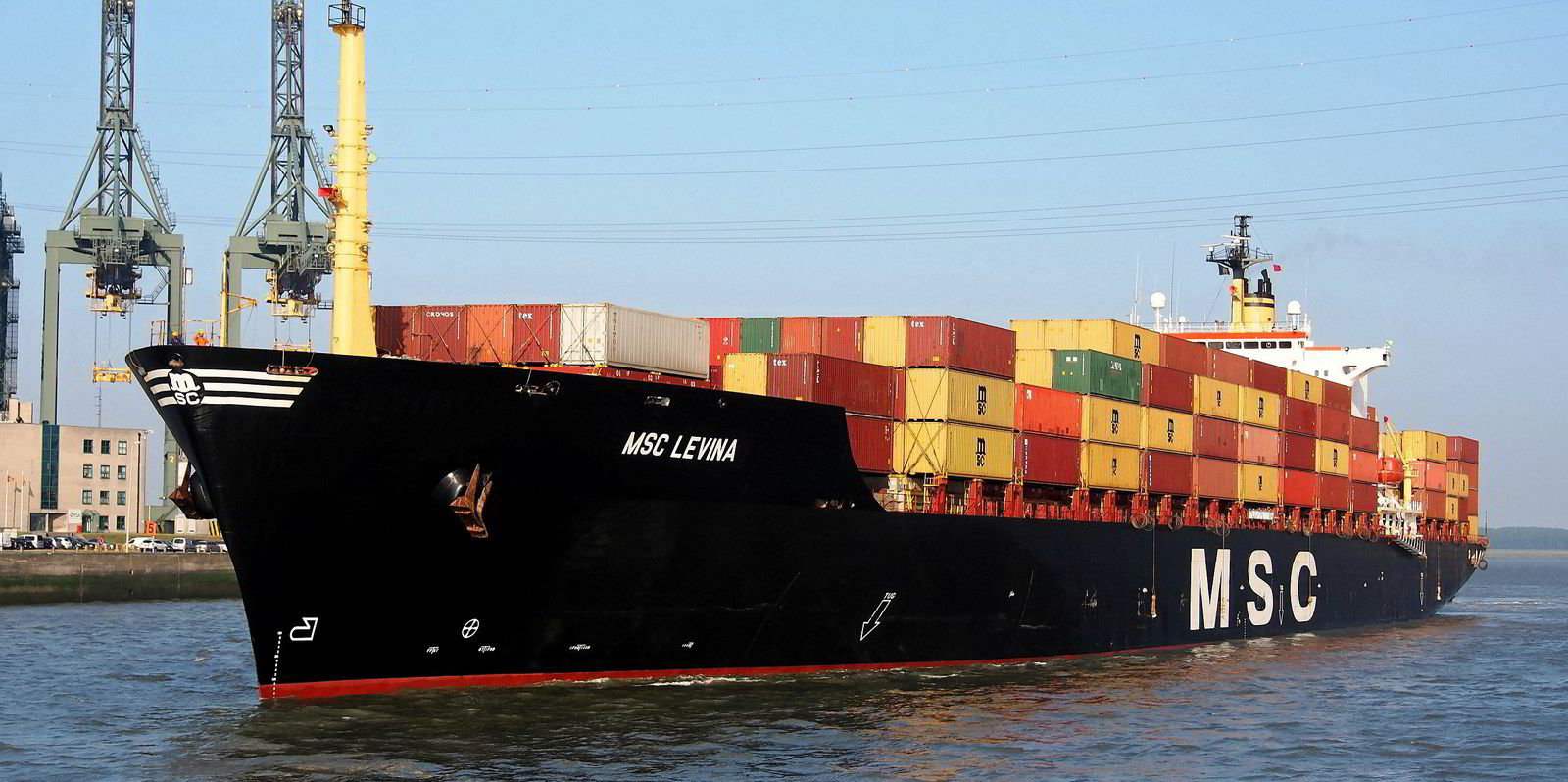
Weak demand has already resulted in deliveries of ultra-large container vessels being delayed as owner-operators seek to avoid half-empty sailings on maiden voyages.
Waning demand saw the 24,000-teu newbuild MSC Micol (built 2023) idled for two weeks at Jiangsu Yangzi-Mitsui shipyard from mid-September and it then took a further 30 days until it reached Ningbo on 1 November.
Around 900 vessels are scheduled to be delivered over the next three years equating to 7.5m teu at around 28% of the live fleet.
“Demand growth simply won’t be able to keep up barring another black swan event like a global pandemic [unlikely] or a world war, dismantling supply chains,” Nash concluded.
Bearish outlook
The bearish outlook is reflected in container ship earnings, secondhand values and the newbuilding market.
Secondhand prices are expected to decrease by between 7% and 14% for all sizes by the end of 2026, according to Veson’s in-house forecasting arm, ViaMar.
Shipyards are projected to receive a slowing number of requests for newbuilding boxship orders.
The analyst predicts a 45% decrease in orders this year compared to 2022, and almost a 60% decline from volumes ordered in 2021.
“We argue this trend will continue for the next several years,” Nash said.
“This in turn will slowly ease the current immense strain on shipyard capacity and pricing power weighing on newbuild prices.
“Overall, we are forecasting a soft development for rates, somewhat softer newbuild prices, which in turn will feed into lower secondhand values.”
Demand is likely to remain weak with negative growth for teu-mile demand in 2022 and 2023 of 5.2% and 2.2%, respectively.
In subsequent years, Nash observed that average teu-mile growth of 3.6% is projected — “hardly enough to absorb the wave of deliveries in store”.
“Consumers are wary of their current economic situation as tight monetary policies are starting to take hold while pandemic relief checks are history and already spent on durable goods with lifetimes of five to seven years,” he said.
“Perhaps that is the timeline for demand to fully recover on the transpacific eastbound trade.”

